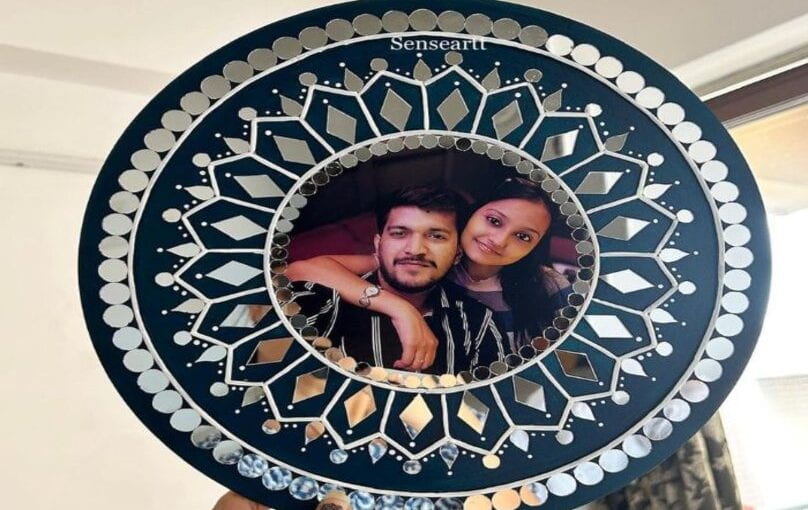Maa Durga, the Hindu goddess of strength and protection, is frequently shown in stunningly colorful forms. For depicting Maa Durga’s heavenly beauty and elegance, oil painting has long been a preferred medium. In this blog, we explore the universe of Maa Durga’s oil paintings, looking at their symbolism, artistic methods, and emotional impact.
The meaning of Maa Durga paintings: Oil paintings of Maa Durga are full of symbolism and icons, depicting the goddess’ characteristics and her victory over evil. Every detail of her representation is significant; for instance, her various arms signify her capacity to complete several jobs at once, and her weapons denote her ability to overcome negativity. She is represented by a lion, a representation of power and bravery.
Dynamic Compositions and Vibrant Colors: Oil paintings of Maa Durga provide painters the freedom to explore with dynamic compositions, texture, and lighting effects that bring Maa Durga’s holy presence to life. The strength and energy associated with the goddess are amplified by the use of strong colors like red, yellow, and blue. Maa Durga is frequently portrayed in dynamic poses that exude strength and grace in the compositions. The dramatic effect produced by the contrast between light and shadow increases the painting’s visual impact.

Intricate Details and Ornamentation: Oil paintings of Maa Durga are renowned for their fine details and elaborate ornamentation. Every detail is painstakingly recreated, from the fine lines of her facial features to the complex patterns on her clothing and jewelry. The artist’s attention to detail gives the work a more realistic feel and depth.
Contemporary Expressions: Although traditional Maa Durga oil paintings continue to be popular, modern painters have also experimented with creative versions. Some artists explore with impressionistic or abstract approaches, giving the holy subject a contemporary edge. These modern interpretations encourage spectators to see Maa Durga’s essence from fresh artistic angles.
Conclusion: Maa Durga’s awe-inspiring beauty, strength, and spirituality are beautifully captured in oil paintings. These paintings offer glimpses into the divine realm with their vivid hues, minute details, and symbolic themes. Oil paintings of Maa Durga continue to mesmerize art lovers and spiritual searchers alike, reminding us of the enduring presence and protecting embrace of the holy mother, whether they are steeped in tradition or exploring contemporary interpretations.

/media/compressed1689415531030.jpg)